144-hour visa-free transit in Beijing is the ideal way for travelers wanting time in this fabulous city without having to go through a visa application process.
Created for the purpose of simplifying travel arrangements, 144 hours visa-free transit in Beijing means that so long as you meet the requirements (we cover these below in detail), you can enter and leave Beijing visa-free.
Ready to travel visa-free to China’s capital? Let’s get you sorted with what you need to know.
> Learn more about China transit visas in this article.
What does 144-hour visa-free transit in Beijing mean?
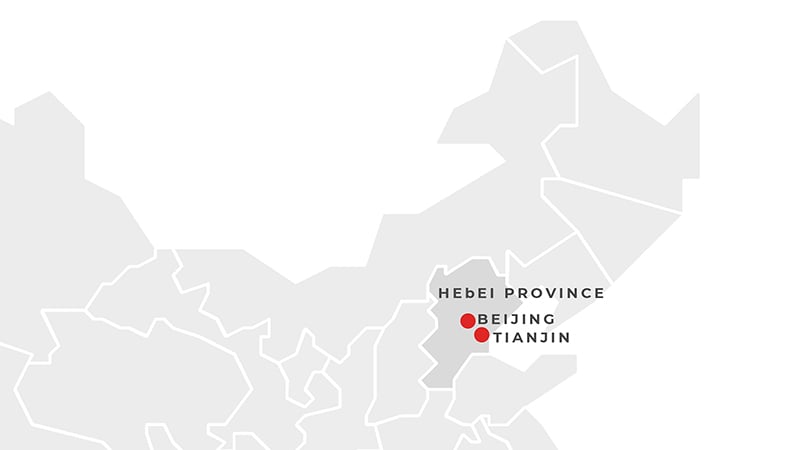
Visa-free travel means exactly that: Travel without a visa.
The 144-hour visa-free transit policy was made available to international visitors to China in 2013. Available at 37 different ports of entry in 26 cities, 144-hour visa-free transit zone for Beijing encompasses the Beijing-Tianjin-Hebei Province. This allows visitors to transfer via certain ports of entry to stay within the administrative precincts of Beijing Municipality, Tianjin Municipality, and Hebei Province for 144 hours.
| City/Province | Ports of entry |
| Beijing | Beijing Capital International Airport
Beijing Daxing International Airport Beijing Railway Station |
| Tianjin | Tianjin Binhai International Airport
Tianjin International Cruise Home Port |
| Hebei Province | Shijiazhuang Zhengding International Airport
Qinhuangdao Port (for passenger transport) |
1
Okay, so that’s all great, but how do you know if your country is on the list of those eligible for visa-free travel in China? Relax, we have you covered. We’ve already put that list together.
The good news is that the 144-hour visa-free transit policy applies to 54 countries (check out the list below).
| 40 European countries | Austria, Belgium, Czech Republic, Denmark, Estonia, Finland, France, Germany, Greece, Hungary, Iceland, Italy, Latvia, Lithuania, Luxembourg, Malta, Netherlands, Poland, Portugal, Slovakia, Slovenia, Spain, Sweden, Switzerland, Monaco, Russia, United Kingdom, Ireland, Cyprus, Bulgaria, Romania, Ukraine, Serbia, Croatia, Bosnia and Herzegovina, Montenegro, North Macedonia, Albania, Belarus, Norway |
| 6 countries in North and South America | United States of America, Canada, Mexico, Brazil, Argentina, Chile |
| 2 Oceania countries | Australia, New Zealand |
| 6 Asian countries | Japan, South Korea, Singapore, Brunei, United Arab Emirates, Qatar |
1
If you’ve spotted your country within the list, then it’s time to step through other requirements to meet the visa-free transit policy.
To qualify for a 144-hour visa-exemption transit, here’s what you need:
- A valid passport with at least 6 months validity and required visas for destination countries (if relevant)
- Your ticket for travel beyond China with a confirmed date and seat, indicating departure within the 144-hour window. The ticket must also show your destination before arrival in China, including any stopovers outside China (required as evidence of a third country). For transit purposes, Hong Kong and Macau are considered third territories. Be aware that your departure city and the destination city must be in different countries or regions.
- To smooth the process on arrival in China, let the airline check-in staff know you will need a visa-free transit. They will advise customs at the related Chinese airport custom of your request before landing.
- Prior to disembarking from the plane, you will complete the Arrival Card for Temporary Entry Foreigners.
- Once you have disembarked from the plane, visit the relevant customs counter to obtain approval for your 144-hour visa-free transit and have your passport stamped with a “Temporary Entry Permit”.
And that’s it. Who knew visiting Beijing could be so easy?
Still not sure whether the 144-hour visa-free transit is right for you?
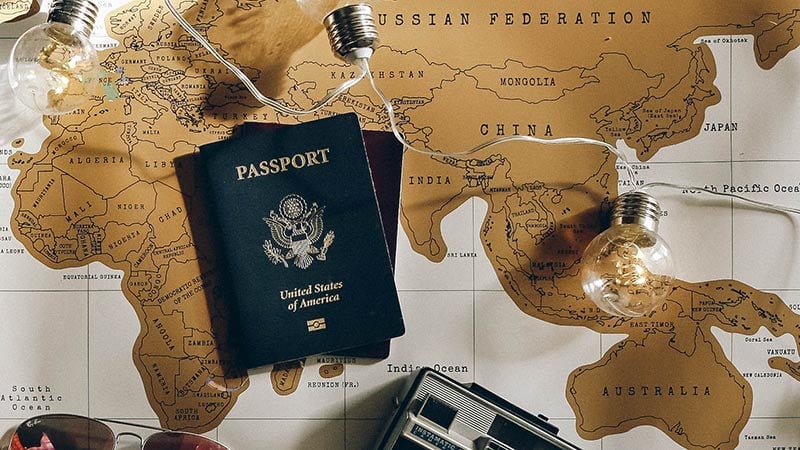
There’s no doubt international travel comes with restrictions and it always pays to be doubly sure that you’re meeting all the entry requirements when visiting another country. If you’re still unsure as to whether you qualify for the 144-hour visa-free transit in Beijing, run through the list of specific exclusions list right here:
- Those who are inadmissible to China in accordance with relevant laws and administrative regulations
- Those whose international travel documents are valid for less than 3 months at the time of application, or those who possess international travel documents containing refusal stamps affixed by Chinese visa-issuing authorities;
- Those who have records of illegal entry or exit, illegal stay or residence, or illegal employment in China in the past 5 years;
- Those who have seriously violated the regulation of registering their addresses for temporary residence in China with the public security bureaus in the past 2 years.
In addition, foreign crew members aboard international sailing vessels and their accompanying family members are not eligible for this policy.*
Learn more here.
Are there any restrictions to the 144-hour visa-free transit policy?
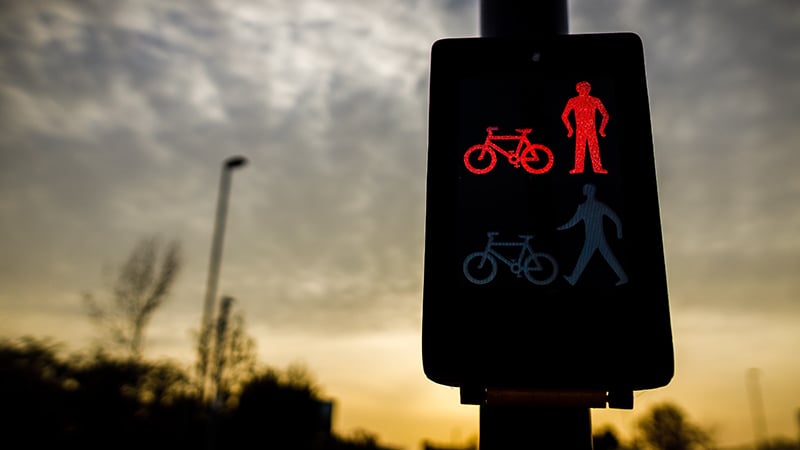
This is a great question – and yes, there are some restrictions.
First, the policy applies for 144 hours of visa-free transit, rather than simply visa-free entry. This means you must transit to a third country or region, not simply return to your country of origin.
In the table below, you’ll find examples that help clear up the confusion.
| Travel route | 144-hour visa-free transit in Beijing |
| Australia – Beijing – United Kingdom | ✓ |
| Australia – Beijing – Australia | X |
| Australia – Beijing – Singapore^ | ✓ |
| Australia – Singapore^ – Beijing – Australia | ✓ |
^ Note that Singapore is an example only. Substitute any other relevant destination, for example, Hong Kong or Kuala Lumpur in your travel itinerary.
Your time starts now!
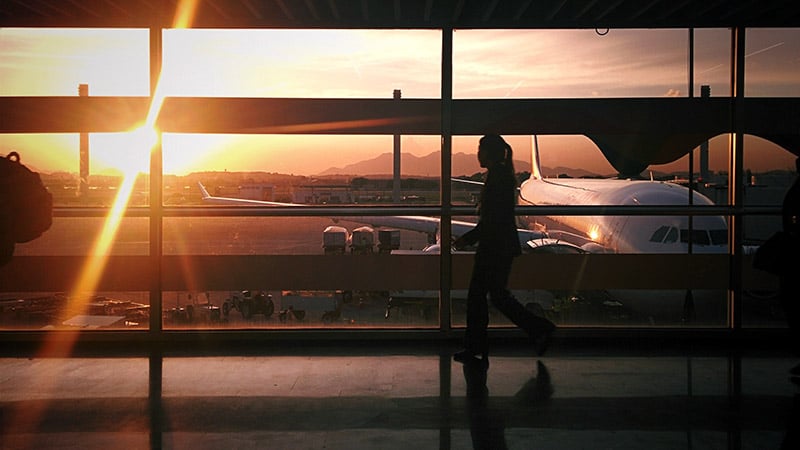
How are the 144 hours in Beijing calculated? Of course, every minute on your 144-hour visa-free transit counts, so you’d better be clear on exactly how your time on the ground will be calculated.
Here’s what you need to know:
The duration of your stay in Beijing will begin from 00:00 o’clock the following day after entry at Beijing International Airport, Beijing Daxing International Airport, or Beijing West Railway Station. From 00:00 o’clock the following day after entry you are permitted to stay for up to six days without a visa in the area that encompasses Beijing, Tianjin and Hebei.
If due to unforeseen circumstances you’re unable to depart on time, such as flight cancellation or requirement for immediate medical treatment, you will need to apply for the relevant permit at the corresponding provincial or municipal exit and entry administrative bureau.
Other important details to know about the Beijing 144 hour transit visa

Here are some other important details to know if you’re after a 144-hour transit visa for Beijing.
Arrive in Beijing. Leave from another city (in the transit zone)
As we said earlier, the 144-hour visa-free transit zone covers Beijing-Tianjin-Hebei Province. That means you can travel within the geographical area covered by what is commonly referred to as a defined economic region.
- As China’s capital, Beijing is home to countless treasures of Chinese culture and history. The city of Langfang, in the east-central part of Hebei, is located en route to Tianjin (in Hebei), effectively making it a corridor between the two locations.
- Tianjin borders Hebei Province and Beijing.
- Shijiazhuang is the capital of Hebei Province and Baoding is located about halfway between Shijiazhuang and Beijing.
With a well-designed private tour, you can expect to enjoy the very best of Beijing, while also visiting other carefully selected destinations within the Beijing-Tianjin-Hebei Province if you’re traveling 144-hours visa-free.
An important bonus of the transit visa is that you can arrive in one city and leave from another in the same visa-free transit zone. That means you can arrive in Beijing, apply for the 144-hour transit visa, and then depart China from Tianjin because both cities are located in the same region of the 144-hour visa-free zone. Just remember, however, if you arrive in Beijing and secure a 144 hours transit visa, you are not able to depart China from Shanghai, because it’s not in the same area of the Beijing 144-hour visa-free transit zone. Similarly, if visitors plan to book and purchase their air ticket to a third country as the next destination after they enter China, they cannot apply for a 144-hour visa-free transit on arrival in China.
How to follow the rules for visa-free transit in Beijing
Now we might be stating the obvious, but for completeness, we’re just saying here that during your visa-exemption transit, you must abide by all Chinese laws and regulations. Specifically, what this means is you must:
- Cannot leave the specified area of stay or overstay the visa-exemption period
- Are required to register where you are staying with the local public security bureaus or foreigner service stations, or those who are providing accommodation can complete the registration on their behalf in the first 24 hours of entry. If you’re staying at a hotel, the hotel is obliged to register where you are staying for you.
Be aware that in the case of force majeure which necessitates a longer period of stay than 144 hours within the visa exemption area, you must lodge an application to the exit and entry administration department of a public security bureau for corresponding stay or residence documents. And if you’re thinking you might overstay your visit, travel beyond the specified area, or depart from a port you’re not supposed to, then think again. This isn’t looked on favorably, so it’s best to adhere to the requirements of the visa.
What can I see on a 144-hour visa-free holiday in Beijing?
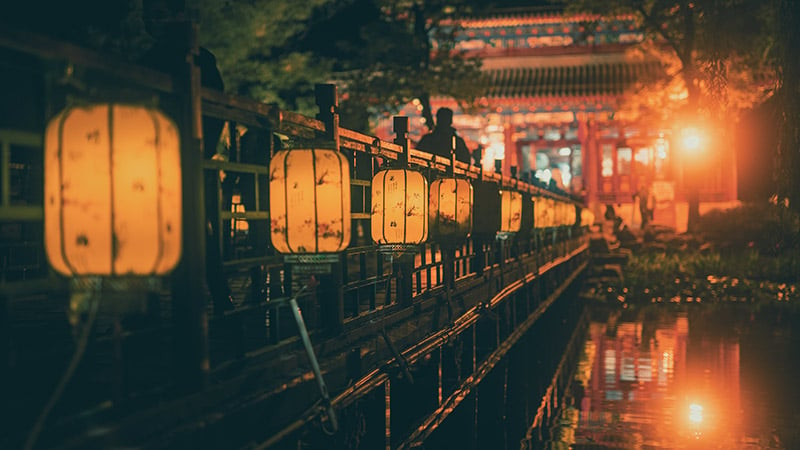
Already planning your 144-hour visa-free holiday? Here’s our curated list of destinations and sites to see if you have six days.
| City | Why visit | What to see |
| Beijing | China’s capital. Let’s face it, Beijing is a must-see for any traveler to China. | Great Wall, Forbidden City, Tian An Men Square, Temple of Heaven, Summer Palace, Yonghe Temple, Confucius Temple and Imperial College Museum, Hutongs |
| Tianjin | A port city that borders Hebei Province and Beijing. Located about 26 nautical miles inland from the Bohai Gulf off the Yellow Sea on China’s east coast. Largest open city on northern China’s coastline. | Tianjin Eye (Ferris wheel), Huangyaguan Great Wall, Ancient Culture Street, Tianjin Museum, Five Great Avenues, Tianjin Water Park, Nanshi Food Street, the Porcelain House, Mount Pan |
| Shijiazhuang | The capital city of Hebei Province. Visit if you’re keen to see the site of a memorable Crouching Tiger, Hidden Dragon’s at Cangyan Mountain. | Cangyan Mountain, Zhaozhou Bridge, Longxing Temple, Kaiyuan Temple, Hebei Provincial Museum |
| Chengde
|
Marvel at the Qing dynasty’s imperial summer residence among other incredible historical and cultural sites. | Mountain Resort, Potala Palace (the amazing Putuo Zongcheng Temple), Eight Outer Temples, Puning Temple, Qingshui Mountain (Sledgehammer Peak) |
| Qinhuangdao | The seaport city named after Emperor Qin Shi Huang, famous for being the first emperor to unite China. | Shanhaiguan (No.1 Pass of Great Wall), Beidaihe (a popular coastal resort town), Qinhuangdao Wildlife Park, Laolongtou (also referred to as Old Dragon’s Head, where the Great Wall meets the ocean). |
| Zhangjiakou | Referred to as the Northern Gate of Beijing, a host city of the 2022 Winter Olympics. | Dajing Gate (a pass of the Great Wall), Zhangbei Grassland, ski resorts, Nuanquan Ancient Town (the traditional folk art of Dashuhua, throwing molten iron to create sparks as dazzling fireworks) |
What’s the process for obtaining the 144-hour visa-free transit?
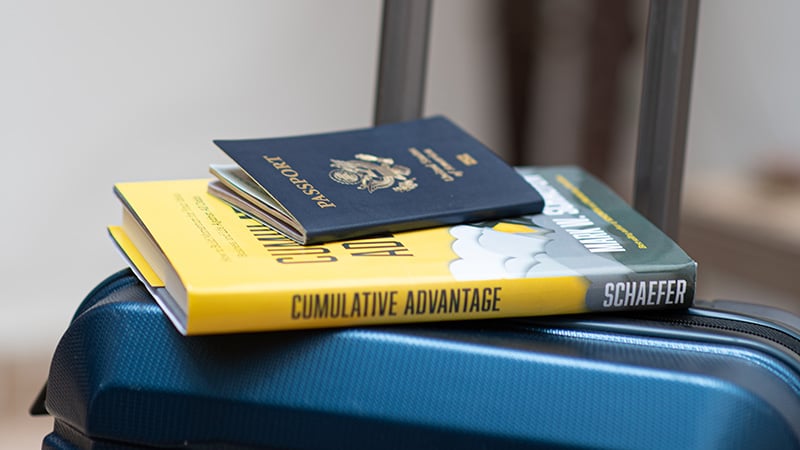
If you’re ready to line up for 144-hour visa-free transit in Beijing, here’s what you need to do.
Step 1
At check-in for your travel to Beijing, Tianjin, Shijiazhuang or Qinhuangdao, show your valid international travel document and onward tickets (air/vessel/train) to a third country (region) with a confirmed date and seat.
The carrier will submit your information to the corresponding immigration inspection station in China for examination. Your application will be processed on arrival once all details have been confirmed.
Step 2
You will see dedicated inspection lanes for 144-hour visa-free transit passengers regardless of which port you enter by.
Remember you can come to arrive by plane, train, or ship at any of the following: Beijing Captital International Airport, Beijing Daxing International Airport, Beijing Railway Station, Tianjin Binhai International Airport, Tianjin International Cruise Home Port, Shijiazhuang Zhengding International Airport and the Qinhuangdao Port (for passenger transport). Follow the signs to the various inspection areas.
Step 3
On arrival, you will need to provide the immigration officer with your valid international travel document and onward plane, vessel or train ticket to a third country (region) with a confirmed date and seat within 144 hours upon arrival. You will also need to show completed arrival/departure cards filled out in detail. Keep in mind that you should be ready to answer questions raised by immigration officers. A Temporary Entry Permit sticker will be placed on a page of your passport.
Good to know: There is NO charge for a temporary entry permit at the immigration inspection stations.
A final word on the 144-hour visa-free transit in Beijing
Visa-free travel in Beijing using the 144-hour visa-free transit is ideal for travelers who have a stopover or transit in Beijing and have arrived by plane or train. It’s also perfect for passengers disembarking in Tianjin from an international cruise.
Even if you take a spontaneous trip to Beijing and don’t have a visa organized in advance, and you intend to travel on to another destination (that is not your country of origin), it really does offer incredible flexibility. The real bonus is you’re not limited to staying in Beijing, but can travel more widely to other destinations within the designated zone of Beijing-Tianjin-Hebei Province. With the opportunity to take in the sights, sounds, flavors, culture, and history of Tianjin, and cities in Hebei Province, like Qinhuangdao, Chengde, Shijiazhuang and Zhangjiakou, you really can design a travel adventure you’ll love and always remember.
Ready to discover this very special part of China? Let us take you there with one of our private and fully guided day tours, multi-day tour packages, and custom tours. Enquire today and start exploring.


